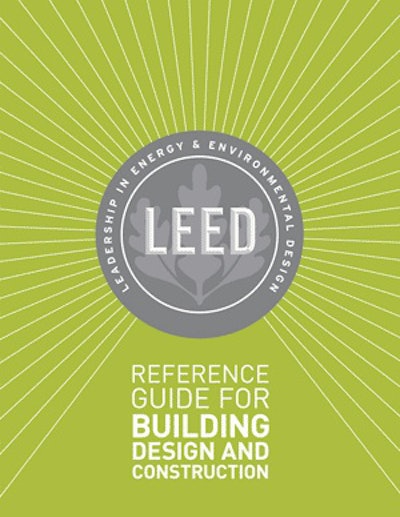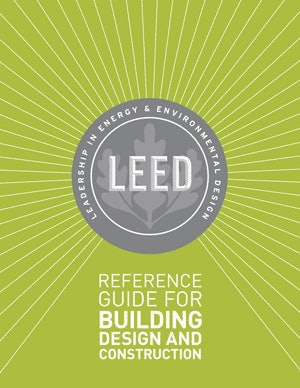
 LEED v4 Reference Guide for Building Design and Construction
LEED v4 Reference Guide for Building Design and Construction
LEED v4 has eliminated the single feature categories and introduced an aggregate value concept. The idea behind this is that you don’t want a product that is great in one area but not great in another—products should be good in all areas, and the sum impact of all products should be greater than the individual parts.
In older LEED versions there were clear and specific sections where you could quickly plug in a product. The easiest example for wood is regarding FSC-certified material, our old credit MR7. It was a section unto itself: Aa product could be FSC and contribute based exclusively on that characteristic. It was also easy to understand “will X contribute or not?” Now FSC is just one option out of many that could be selected to “tip the scales” within one of the material resource credit categories. And because requirements are now more “holistic” in nature, if you have an FSC floor that does not also meet the air-quality requirements, it is not likely to be of interest to the architect. In the past, FSC could stand alone as a desired characteristic, but now if the product doesn’t meet other considerations, the FSC certification alone is not sufficient to cause someone to choose it.
For the flooring industry, we normally looked at two mega categories: material resources and indoor environmental air quality. Both have changed in LEED v4.
For material resources, product characteristics that previously had independent categories such as FSC, recycled content, and rapidly renewable, have been kept, but have been merged into a single concept: “MR Credit 3: Building Product Disclosure and Optimization – Sourcing of Raw Materials.” In this credit you have to look at all materials used in the building and reach a certain threshold of qualifiers, which I won’t go into detail on here. But the results that will be of particular interest to flooring folks is that bamboo is no longer going to be a meaningful credit option, and the demand for FSC is likely to be somewhat reduced.
In LEED v4, all of 4.1, 4.2, 4.5 (sealers, paints and finished products) have been merged into a single “low emitting materials” category where everything used in the entire project has to meet a specified total threshold. The old 4.4 (NAUF) is gone completely. And all products must be third-party certified for their emissions and content claims.
For flooring products, 100 percent of all flooring used must meet “General Emissions Evaluation,” which is essentially certification to CA 01350 (VOC Green, FloorScore and GreenGuard Gold certified products.) Note that this includes prefinished SOLID flooring as well as engineered.
For “wet goods,” which are site-applied coatings, adhesives, sealers, etc., they have dual requirement to meet BOTH a third-party-certified VOC content condition and a VOC emissions limit. And for underlays, there are also new requirements to meet additional emission standards.
The bottom line is that an FSC floor that is not CA 01350 certified is unlikely to be of interest to a LEED project. And you can expect to see your adhesive and site finish guys jump through a lot of hoops to document their chemical contents and emissions. The radical restructuring of LEED is going to deemphasize the single characteristic and force us to look at the total package more aggressively then before.
































